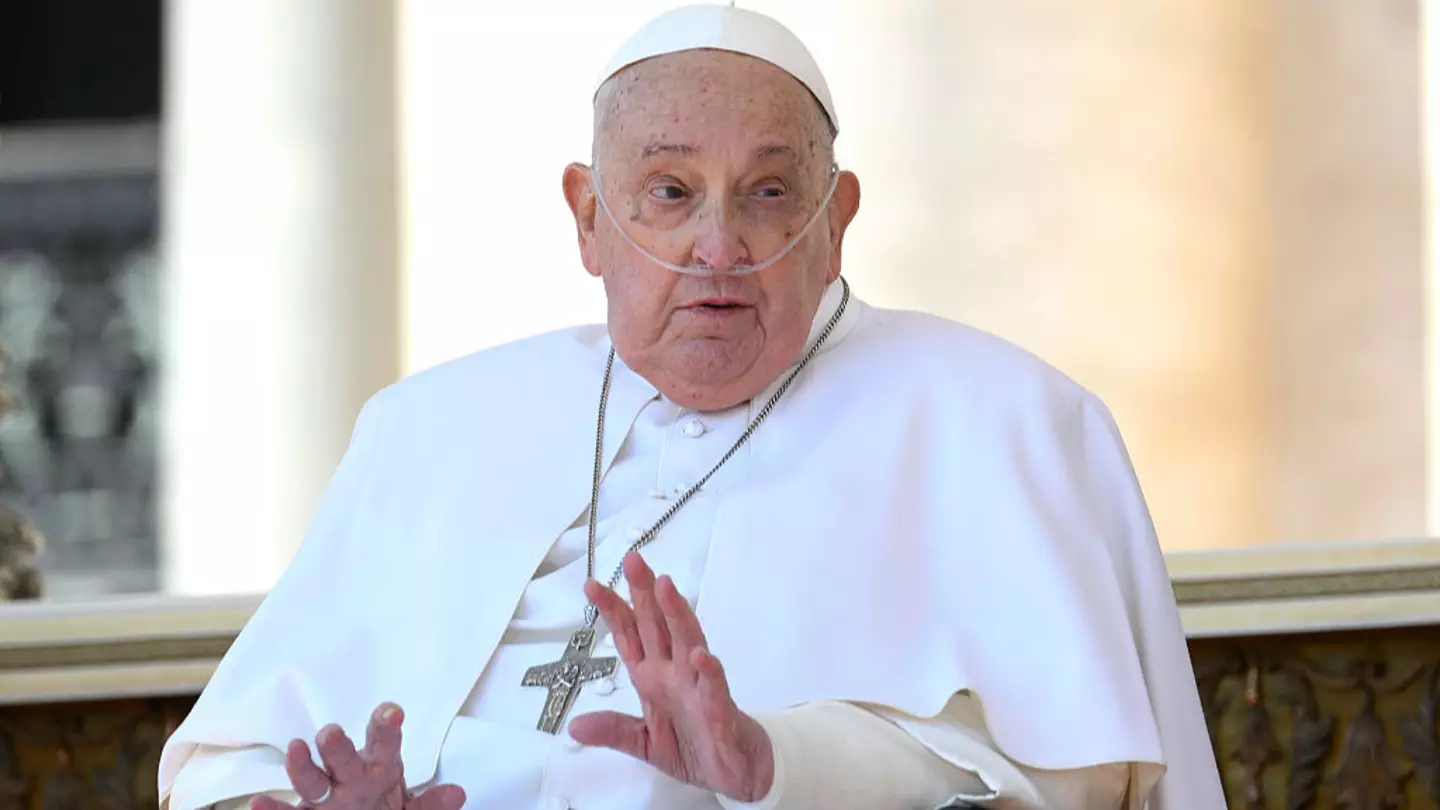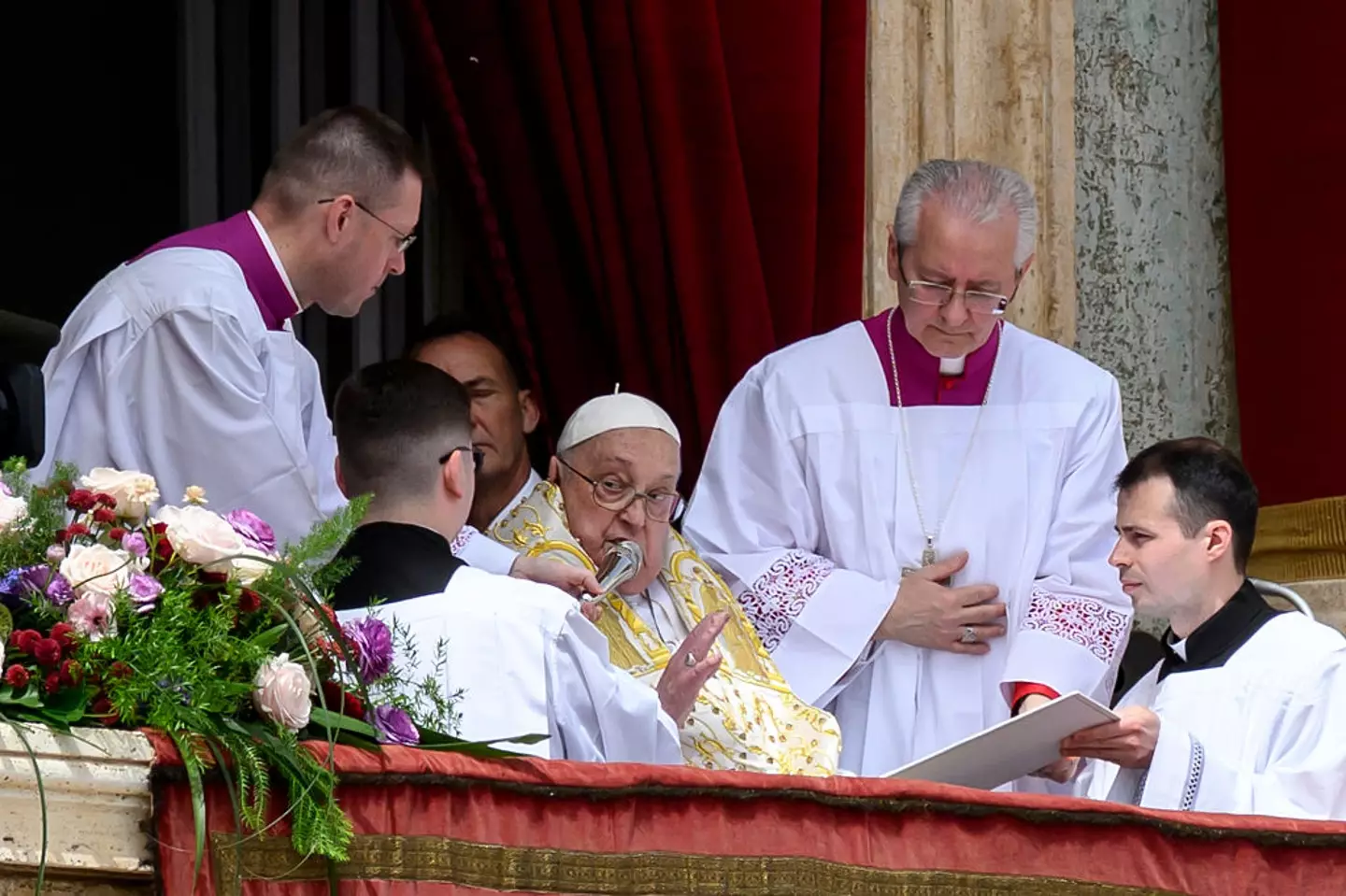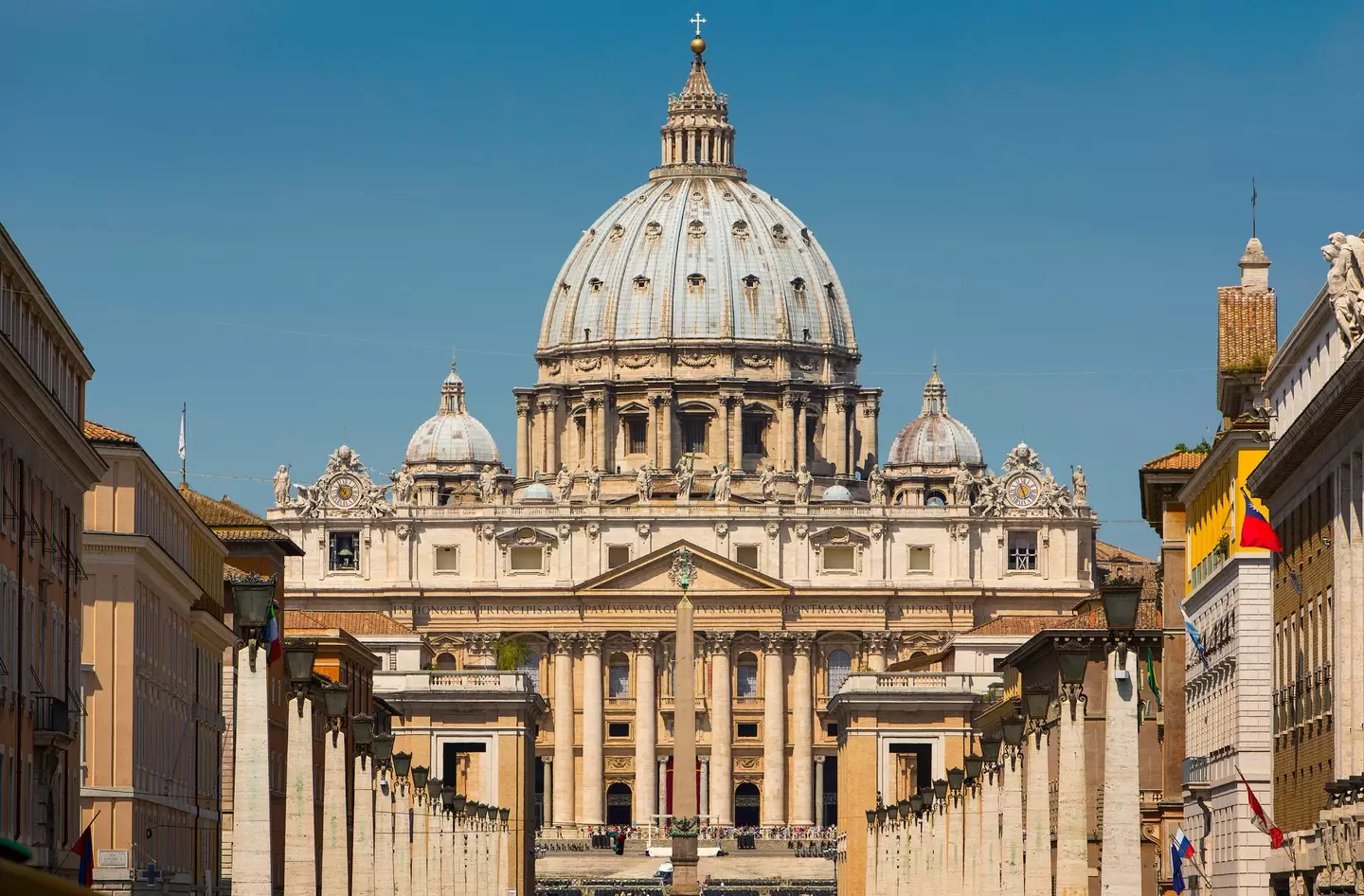
Here is what you can expect to happen in next days and weeks following the death of Pope Francis.
The Vatican confirmed that Pope Francis had passed away at 7:35am on Easter Monday (21 April).
"Dearest brothers and sisters, with deep sorrow I must announce the death of our Holy Father Francis," Cardinal Kevin Farrell said in a statement.
"His entire life was dedicated to the service of the Lord and His church."
Advert
The Pope's death comes just a day after he delivered an Easter message to worshippers from the balcony of St Peter's Basilica and following months of concerns about the state of his health.
He was admitted to hospital in February for double pneumonia, where he remained for five weeks until being discharged on 23 March.
So what happens next?

What happens when a pope dies?
Following the announcement of a Pope's death nine days of mourning, known as the Novendiale, will be observed by Catholics worldwide.
Advert
During this period the body of Pope Francis will lie in state at St. Peter's Basilica for three days before his funeral. During this time, daily prayer services and masses will be held.
What happens at a Papal funeral?
While Papal funerals are typically ritual filled affairs, Pope Francis had previously approved of stripping back the process last year, confirming his plans for a stripped back funeral and burial outside of the Vatican.
He will be buried in Santa Maria Maggiore basilica in Rome, Italy.
How is a new pope elected?
Anyone who watched Ralph Fiennes, Stanley Tucci and John Lithgow in 2024 film Conclave will be aware that the process of electing a new pope is a pretty complex one.
Advert
In the following weeks the death of a pope, the Catholic College of Cardinals will convene to take part in an ancient elect a successor to lead the Catholic Church and its 1.4 billion followers.

Cardinals will then take part in a conclave, meaning private meeting or assembly, to elect a new pope. Only cardinals aged 80 and under are eligible to vote in the conclave and their numbers are limited to 120.
The vote will see 120 cardinals cast their ballot by writing the name of their chosen candidate on a ballot and placing it on the top alter inside a locked Sistine Chapel. A candidate must receive a total of two thirds of the vote in order to be elected. If no candidate is able to receive two thirds of the ballot, cardinals will vote again.
These votes can take place up to four times each day.
Advert
Once the ballots have been counted, they are burned in a stove alongside a mix of chemicals to produce either white or black smoke.
The smoke then exits the chapel through a chimney and indicates whether or not a new pope has been elected.

White smoke means a successor has been chosen, while black smoke means a majority had not been reached.
Likely candidates include Cardinal Pietro Parolin, Cardinal Peter Erdö, Cardinal Luis Antonio Tagle, Cardinal Matteo Zuppi and Cardinal Raymond Leo Burke.
Advert
After a successor is elected, he will be asked whether or not he wants to accept the nomination before a representative heads out to the main balcony of the St. Peter’s Basilica and announces 'Habemus papam' which translates to 'We have a pope'.
The chosen successor will then confirm his papal name before appearing on the balcony to deliver his first speech to worshippers.
Topics: World News, Pope Francis